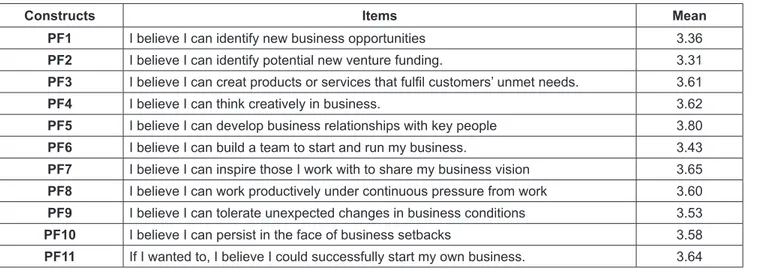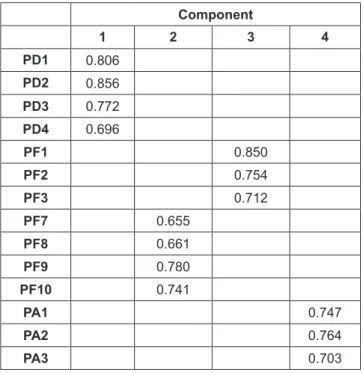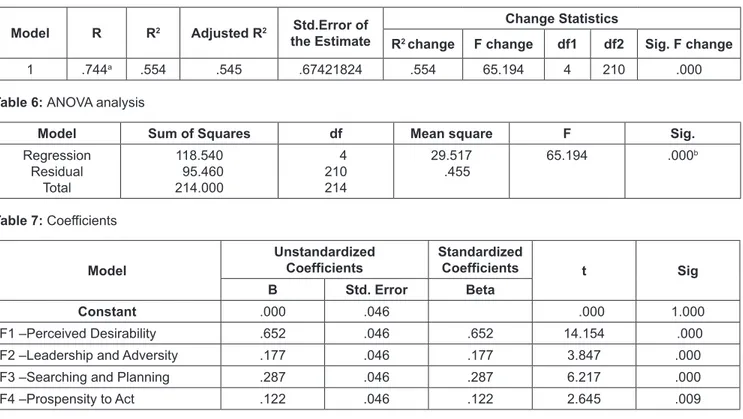Print ISSN: 2288-4637 / Online ISSN 2288-4645 doi:10.13106/jafeb.2020.vol7.no7.369
1
First Author, PhD, National Economics University, Vietnam.
Email: vietbh@neu.edu.vn
2
Senior Lecturer, PhD, National Economics University, Vietnam.
Email: thuyntl@neu.edu.vn
3
Corresponding Author, Associate Professor, National Economics University, Vietnam [Postal Address: 207 Giai Phong, Hai Ba Trung, Hanoi, 100000, Vietnam] Email: manhdung@ktpt.edu.vn
4
Lecturer, Academy of Politics Region I, Vietnam.
Email: anhthun19@gmail.com
© Copyright: The Author(s)
This is an Open Access article distributed under the terms of the Creative Commons Attribution Non-Commercial License (http://Creativecommons.org/licenses/by-nc/4.0/) which permits unrestricted noncommercial use, distribution, and reproduction in any medium, provided the original work is properly cited.



